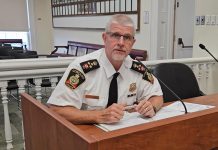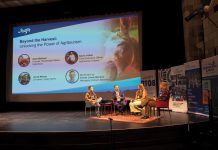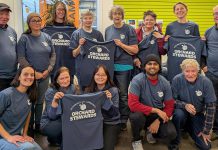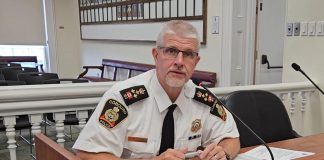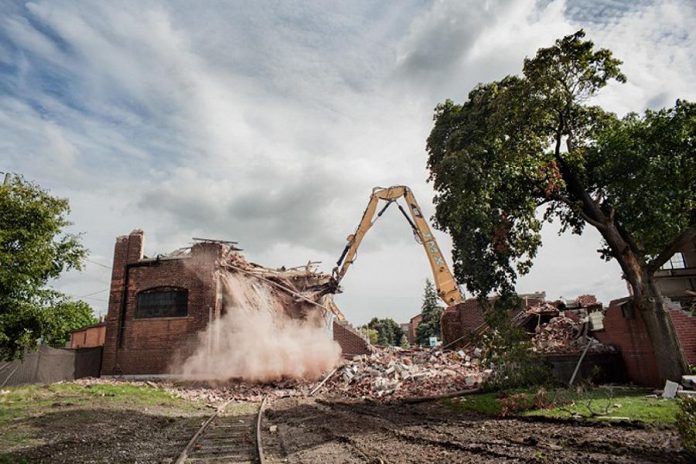
In 2014, when Wendy Van Monsjou, Systems Analyst at General Electric, learned that one of the historic buildings on site was to be demolished, she sprang into action.
Wendy got permission to have photographer Wayne Eardley create a series of photographs to document and remember the space.
The project expanded from there to include and more of the plant than just the buildings slated for demolition.

Documentation and visual art come together in Wayne’s work and, whether he is shooting places or people, one comes away with a sense of beauty and of reality artfully reflected through the lens of the camera.
Wayne studied architecture and architectural photography as part of his photographic arts program at Ryerson University. He subsequently worked at Image Works for prominent Canadian photographer Edward Burtynsky, making him more than qualified for the job.
Wayne has accordingly captured striking images and also created a visual record of the plant for future reference.
GE mysteriously named the project Caribou. Wayne was quick to clear up the mystery, explaining that the name Caribou was chosen to represent Canada, as Caribou are considered a quintessential Canadian animal. The operation here in Peterborough is the oldest GE operation outside of the United States.
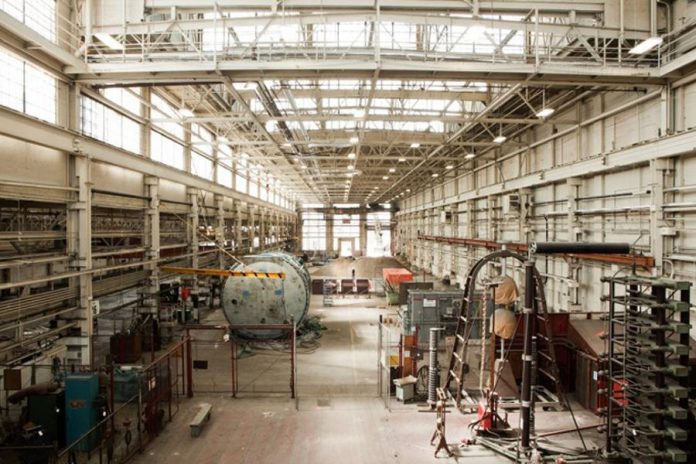
Project Caribou depicts the architecture and inner workings of the buildings and also includes a series of portraits of people working there in 2014. A selection of these pictures is currently on display on the upper ramp at the Art Gallery of Peterborough.
Built in 1891, at the inception of what was then known as the Peterborough Works, these structures sustained over 100 years of manufacturing. One can imagine the thousands of workers employed over the last century, and wonder at the many stories that could be told about General Electric over the years.
In fact, GE has done more for Peterborough over the years than merely provide steady jobs. During slow times, GE employed workers to help build the Peterborough Golf and Country Club and also donated the land on which Trent University was built. It is no surprise then to hear that the company used to be referred to locally as “Generous Electric”.
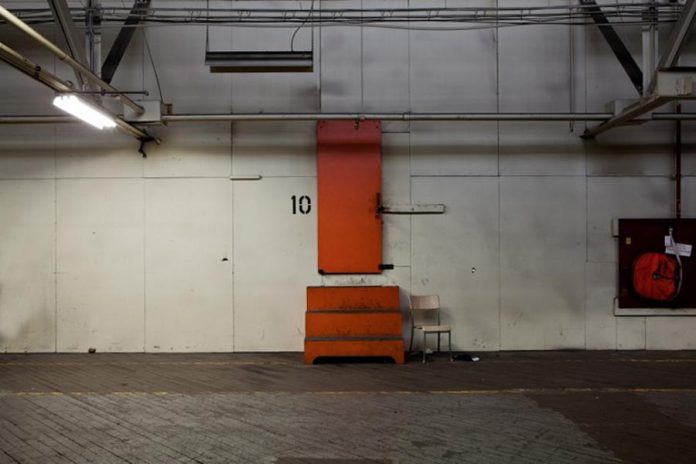
A shot of the old orange door leading up to the crane operator’s seat leaves us with a sense of emptiness, but also of curiosity about the past. The fact that some of these places are now demolished or repurposed lends further poignancy to the pictures.
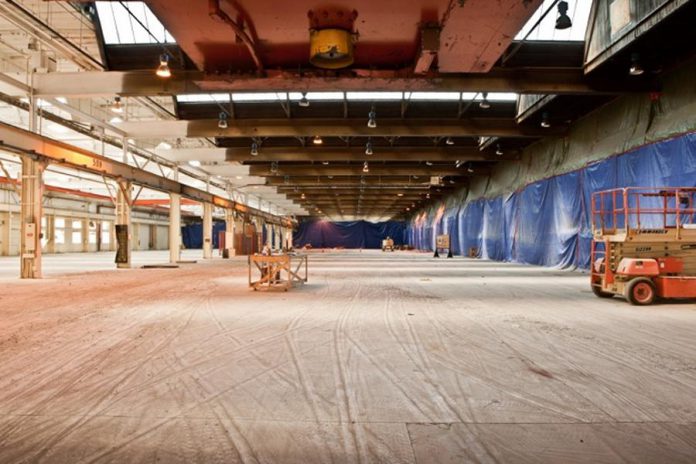
An empty warehouse, once used to manufacture small AC motors, becomes a haunting luminescent space as it is repurposed for modern use.
Wayne has a special interest in portraiture and has been working for the last 30 years on an ongoing photography project called Relative. This series of portraits depicts a wide variety of people from around the world shot on a simple white background. To find out more and see the pictures for yourself, visit www.wayneeardley.com.
Of course, Wayne also took the opportunity to include a human element in the Caribou series and photographed hundreds of current employees as well as the selected buildings. Below is a portrait of Brian Toth, a long-time employee who had worked for GE for 25 years at the time the picture was taken.
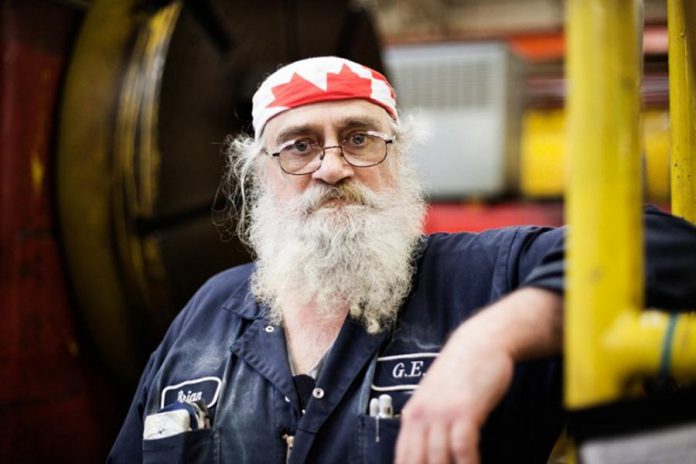
All prints are available for purchase. The full collection of photographs and much more of Wayne’s work can be seen online at www.wayneeardley.com.
The pictures are all “chromogenic light prints” printed using an archival colour printing process which, as Wayne was quick to mention, was invented by Graham Nash of Crosby Stills Nash and Young!


